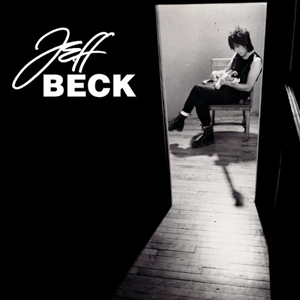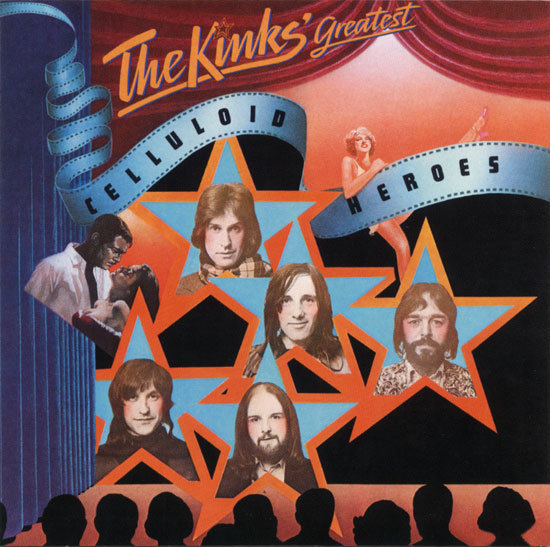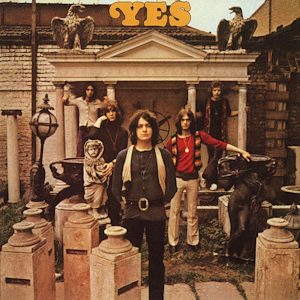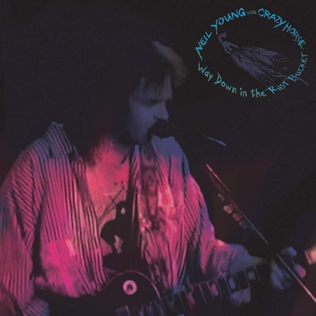Just before the end of 2020, another one of those highly limited beat-the-deadline copyright releases snuck out and made another three discs’ worth of leftovers from Bob Dylan sessions quite popular on the illegal download sites. The key draw of
50th Anniversary Collection 1970 was the balance of the one day George Harrison spent in the studio with Dylan. That’s probably why the label decided to make the set available to the general public for a much lower price.
Now titled simply 1970, it arrived with George’s involvement emblazoned on the cover, overly gushing liner notes and, save the one New Morning-era image on the back of the booklet, several well-traveled photos from 1969. Normally this would be merely a footnote to the Another Self Portrait volume of the Bootleg Series, except that it offers over three hours of unreleased music, much of which hadn’t been bootlegged. Also, unlike that set, the music is presented strictly chronologically, filling in the development of two separate albums.
Disc one begins with the rest of the work done with David Bromberg and Al Kooper on what would be sent off for overdubs to complete Self Portrait. Along with yet another stab at “Spanish Is The Loving Tongue” (yippee), we get for more tries at “Went To See The Gypsy” and variations on “Alberta”, an “Untitled 1970 Instrumental”, and most revealing of all, the basic track of “Woogie Boogie”, consisting just of Dylan’s piano and Bromberg’s guitar. In between are abandoned tries at “Universal Soldier”, “Come A Little Bit Closer”, and a goofy “Little Moses”.
We jump to May 1, when George arrived, beginning with attempts at nailing down arrangements for “Sign On The Window”, “If Not For You”, and “Time Passes Slowly”, accompanied by Russ Kunkel on drums and yes, the Charlie Daniels on bass. Having seemingly tired of those, they began covering earlier Dylan originals, including “Song To Woody”, “Gates Of Eden”, “Rainy Day Women”, and “I Threw It All Away”. Only “Mama, You Been On My Mind” hadn’t made it to a Dylan album yet. In between, they jam on covers like “Ghost Riders In The Sky”, “Da Doo Ron Ron”, oldies by Sam Cooke, Carl Perkins, and the Everly Brothers, and even “Yesterday”. The day ended more takes of “If Not For You” and “Sign On The Window”. Despite what was reported in the press at the time, this was not exactly a stellar meeting of future Wilbury minds. George gamely strums his Stratocaster and offers some leads, harmonizing when he knows the words, but their collaboration at the Concert for Bangla Desh the following summer was ultimately more satisfying.
A month later, Bob brought back Kooper, Bromberg, Daniels, and Kunkel, plus Ron Cornelius on guitar and some female singers for five dedicated days of recording what would become New Morning. As it turns out, just as much and often more time was spent on covers than the originals that made up the album as released. In addition to three distinct variations on the Cajun chestnut “Alligator Man”, as well as “Jamaica Farewell” and “Long Black Veil”, it’s clear that the likes of “Sarah Jane”, “Lily Of The West”, and “Can’t Help Falling In Love” were not merely one-offs in between “proper” takes, but actually finessed to what would be first shortlisted for New Morning, and officially foisted on the public on the embarrassing Dylan album three years later. There are even two takes of “Tomorrow Is A Long Time”, which he’d yet to try in the studio; frankly, this bluesy approach with the women singing doesn’t work. But we can also hear more new originals take shape, thankfully, and a final session two months later would complete the project.
While it’s nice that the set is more easily attainable by both Dylan and Beatle completists, the historic value of 1970 outweighs its musical merit, and the casual listener will likely find it tedious. Yet throughout all three discs, Bob is engaged with the songs, slipping back and forth between his raspy voice and Nashville Skyline croon. Unless any snippy tirades against the participants were edited out, he sounds like he’s enjoying himself.
Bob Dylan 1970 (2021)—3







:format(jpeg):mode_rgb():quality(90)/discogs-images/R-17600020-1614439535-1188.jpeg.jpg)